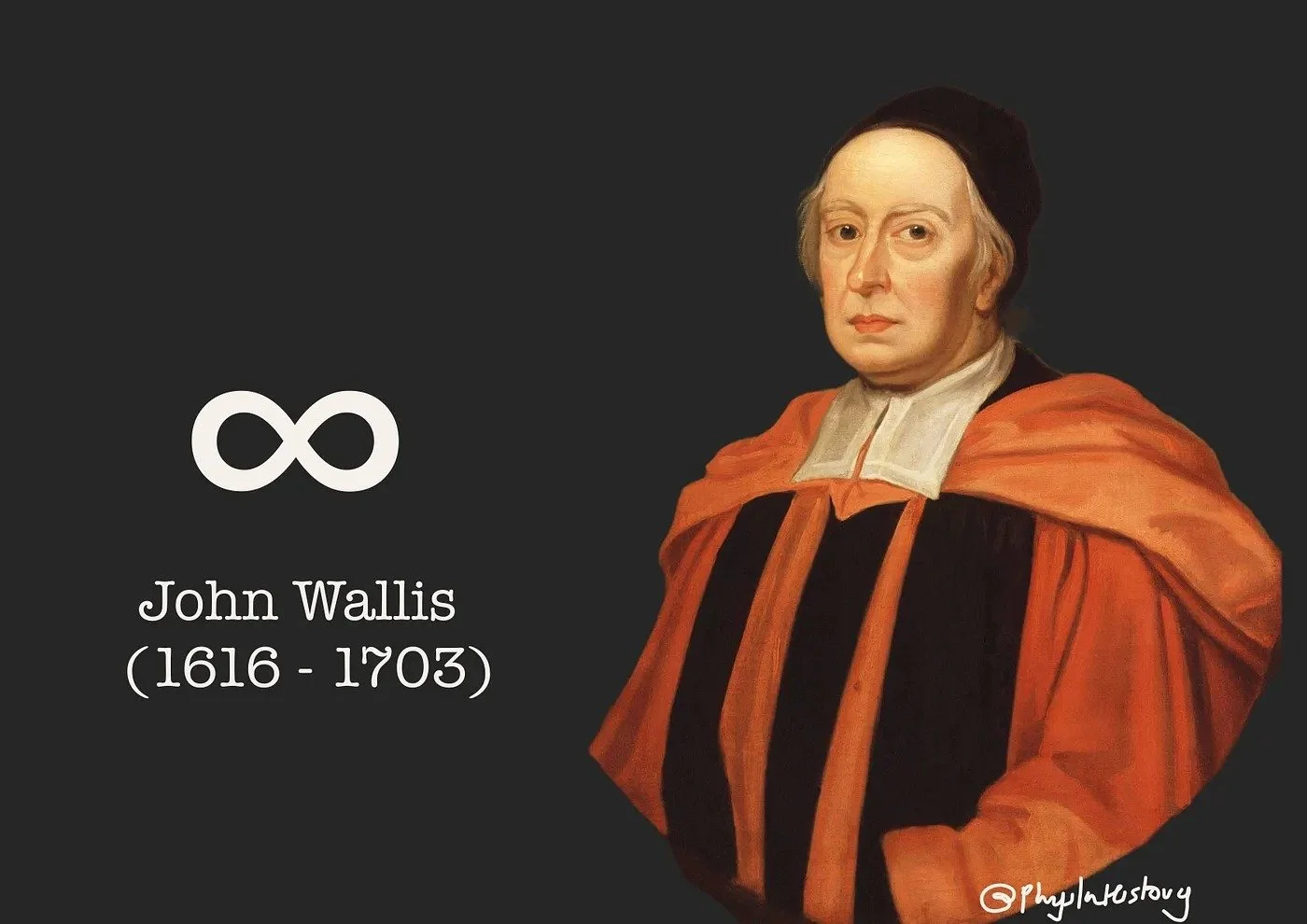Repost: Sunny Labh, "Tracing the Origins of Mathematical Symbols: =, +, -, ×, ÷, √, ∞, π, Σ, ∫, f(x)"
I’m big on etymology. However, I never previously considered where mathematical signs come from. Thought this was interesting, short and worth a REPOST. The alternative was a long rant about the differences between math minds and accounting, financial management minds.
Go check out Cantor’s Paradise for more math nerdom!
Original link: https://www.cantorsparadise.com/tracing-the-origins-of-mathematical-symbols-%CF%80-%CF%83-f-x-16e7868ee2a2 I do not have permission to repost this. Email me if you want it removed. This is just my personal replacement for Social Media, where most do not give credit to author like this.
Tracing the Origins of Mathematical Symbols: =, +, -, ×, ÷, √, ∞, π, Σ, ∫, f(x)
A Journey Through The History Mathematical Symbolism
Sunny Labh
Published in Cantor’s Paradise·
Apr 22; 4 min read
Mathematics is often described as the universal language, with a rich history that encompasses thousands of years. A vital component of this language is the array of symbols representing mathematical concepts and operations. This article explores the fascinating origins of some of the most widely used mathematical symbols: =, +, -, ×, ÷, √, ∞, π, Σ, ∫, and f(x).
The Equal Sign (=)
It was in 1557 when the Welsh mathematician Robert Recorde who introduced the equal sign. In “The Whetstone of Witte,” Recorde explainedhis choice of two parallel lines to represent equality, as “nothing could be more equal.” The symbol has since become universally recognized.
Graphics depicting the first equation using the “equals to” symbol in Recorde’s “The Whetstone of Witte”. Graphics created by the author/@PhysInHistory
The Plus Sign (+)
The plus sign likely originated from the Latin term “et,” meaning “and.” With time, the symbol evolved into the familiar “+” shape, first documented in the 15th century within an arithmetic text by Johannes Widmann.
The Minus Sign (-)
The minus sign has signified subtraction for centuries, with its roots reaching back to ancient Egyptian and Greek mathematicians. The symbol we currently use gained popularity in Europe during the 16th century and has remained a mathematical mainstay.
The Multiplication Sign (×)
British mathematician William Oughtred introduced the modern multiplication sign in 1631. The “×” symbol replaced the previously favored notation of placing a dot (·) between two numbers to indicate multiplication.
The Division Sign (÷)
Also known as the obelus, the division sign was first utilized by Swiss mathematician Johann Rahn in 1659. The symbol, which features a horizontal line with a dot above and below, represents division or a fraction between two numbers.
The Square Root Sign (aka the radical sign) (√)
In his influential 1525 book “Coss,” Christoph Rudolff introduced the square root symbol. Derived from the Latin term “radix,” meaning “root,” the symbol has consistently denoted the square root of a number.
The Infinity Symbol (∞)
The infinity symbol, or lemniscate, was introduced by English mathematician John Wallis in 1655. The symbol depicts an unending, non-repeating loop, signifying the mathematical concept of infinity.
Photographic reproduction of John Wallis, by Sir Godfrey Kneller extracted from the National Portrait Library. Source: National Portrait Library. Public Domain Image. Graphics created by the author.
The Pi Symbol (π)
Welsh mathematician William Jones first used the Greek letter π (pi) in 1706 to represent the ratio between the circumference and diameter of a circle. Swiss mathematician Leonhard Euler later popularized the symbol in the 18th century.
The Summation Symbol (Σ)
German mathematician Leonhard Euler introduced the Greek capital letter sigma (Σ) as the summation symbol in the 18th century. The symbol denotes the sum of a series of numbers, often within the context of calculus or algebra.
The Integral Symbol (∫)
German mathematician Gottfried Wilhelm Leibniz introduced the integral symbol (∫) in the late 17th century. The symbol signifies the process of integrating a function, a foundational concept in calculus. The elongated “S” design was inspired by the Latin term “summa,” meaning “sum” or “total.”
The Function Notation (f(x))
The f(x) notation finds its roots in the work of French mathematician and philosopher René Descartes. During the 1600s, Descartes suggested employing letters as a means to symbolize unidentified values within algebraic equations. Swiss mathematician Leonhard Euler later refined the f(x) notation in the mid-18th century, using it to show a function’s dependence on a variable, ‘x’. This notation continues to be a fundamental aspect of mathematical language today, providing a clear and concise way to represent intricate functions and the relationships between variables.
The mathematical symbols we use today have intriguing histories and origins that span various cultures, languages, and time periods. By uncovering the roots of these symbols, we develop a deeper appreciation for the evolution and growth of mathematics as both a language and a discipline. From ancient Egyptian and Greek academics to Renaissance thinkers and contemporary trailblazers, these symbols have endured the test of time and persistently shape how we communicate and address complex mathematical challenges.


